From the northern lights emerging over a glacier lagoon, to the scars of a heart and lung transplant, a competition to showcase photographs that illustrate inspirational aspects of science has announced its shortlist. We pick our 12 favourite shots
The Royal Photographic Society has released a shortlist of 100 photos in its annual International Images for Science competition. Judges selected shots that they felt best illustrate scientific concepts or capture how science impacts people’s lives.
The shortlisted photographs were chosen from more than 3,500 entries and will form an exhibition that launches in September and will travel across the UK until 2018.
The finalists will now be whittled down to five photos across three age categories. Overall winners will be announced at an awards ceremony in London on 12 September.

Horsehead and Flame nebulae (clouds of gas and dust) in the Orion constellation. The Horsehead is one of the most identifiable nebulae because of the shape of its swirling cloud of dark dust and gases, which resembles a horse’s head when viewed from Earth. Image: David Watson/RPS
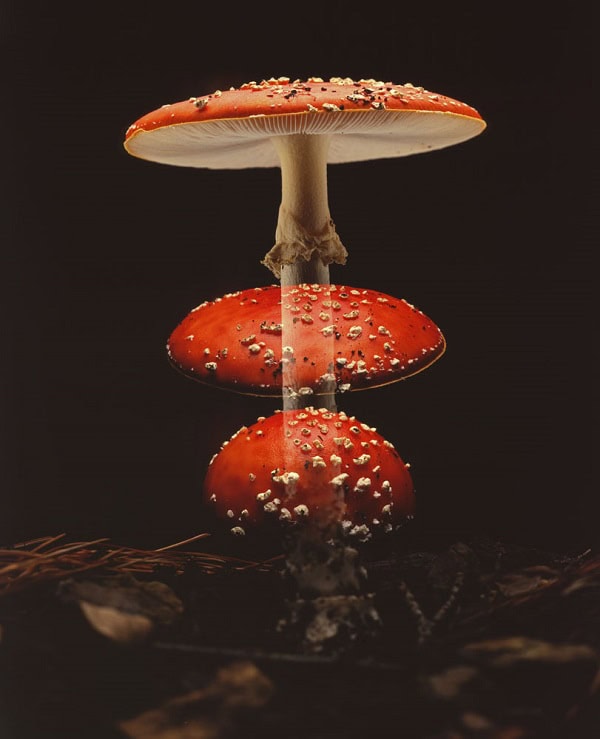
A multiple exposure image showing three stages in the fruiting of the fly agaric mushroom. The species is found in deciduous and conifer forests. Image: Phred Petersen/RPS

Self-portrait eight months after a heart-lung transplant. Combined transplants like this are rarely performed. Image: Kathleen Sheffer/RPS
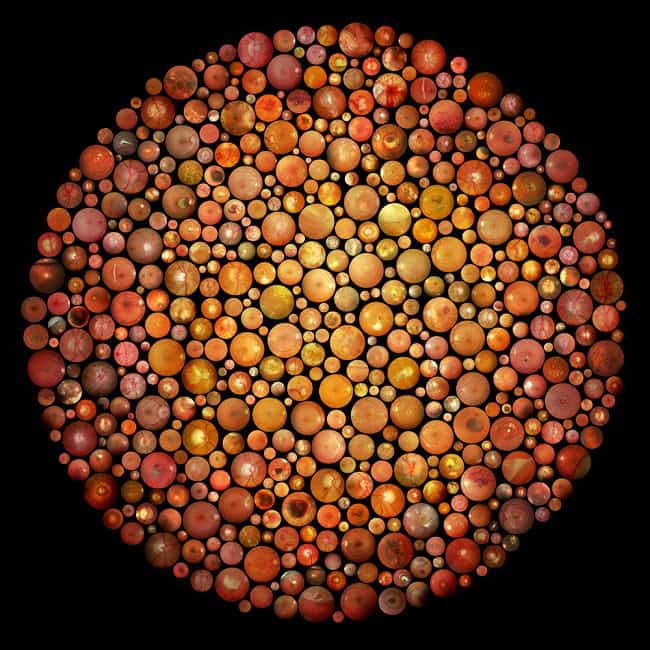
Artwork created using almost 600 retinal images showing a wide variety of conditions. The images have been combined to resemble the colour vision test charts created by Dr Shinobu Ishihara. Image: Jonathan Brett/RPS
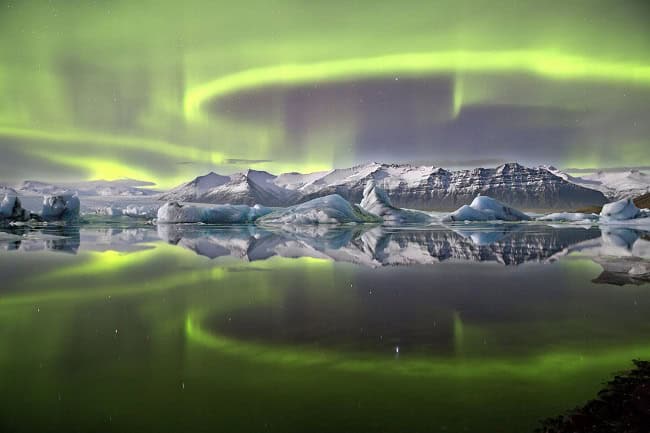
The northern lights, or aurora borealis, seen above Jökulsárlón, a large glacial lake in Iceland. Image: James Woodend/RPS
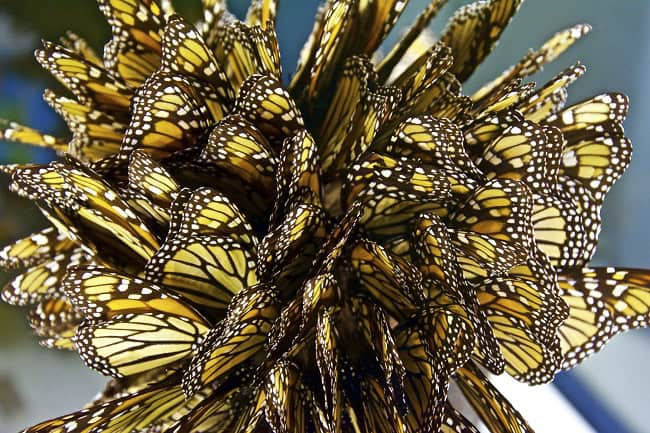
A gathering of great monarch butterflies during their migration. In North America, the butterflies migrate annually from as far north as Canada to areas of Florida and Mexico to spend the winter. Image: Alexandre Lagreou/RPS
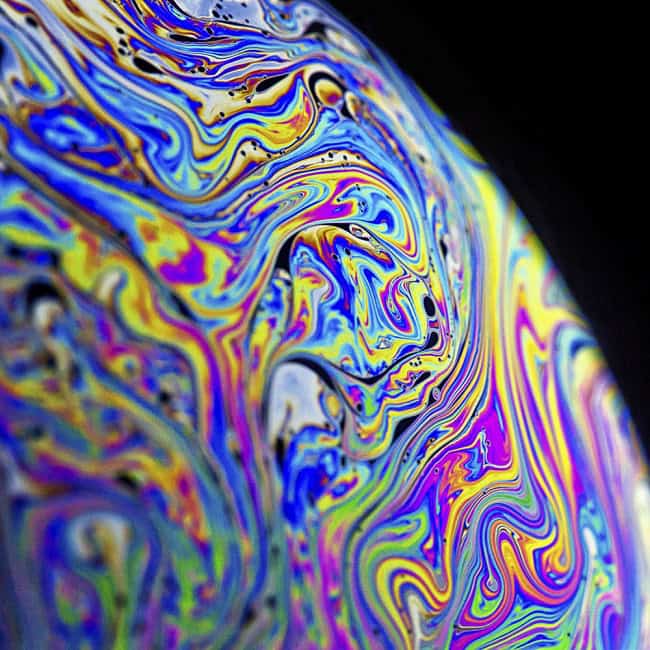
Close-up of a soap bubble. Image: Richard Beech/RPS

A villager carries a solar panel to be installed on his hut in Gadkhali, India. The remote village has no conventional electricity connection. Image: Sudipto Das/RPS
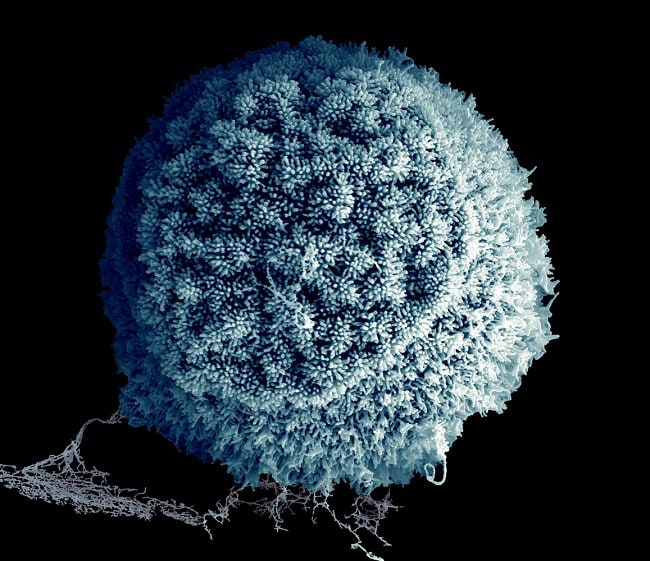
An electron microscope image of a lab-grown pancreatic cancer cell composed of organic molecules with the ability to self-assemble into fibres. It is hoped the method could be used to aid understanding of cancer development and to help test new drugs. Image: Kseniya Shuturmanska and Dr Estelle Collin/RPS

The flower of a sacred lotus seen in thermal infrared radiation. The lotus is one of only a few flowering plants known to regulate temperature. Image: Heather Angel HonFRPS/RPS
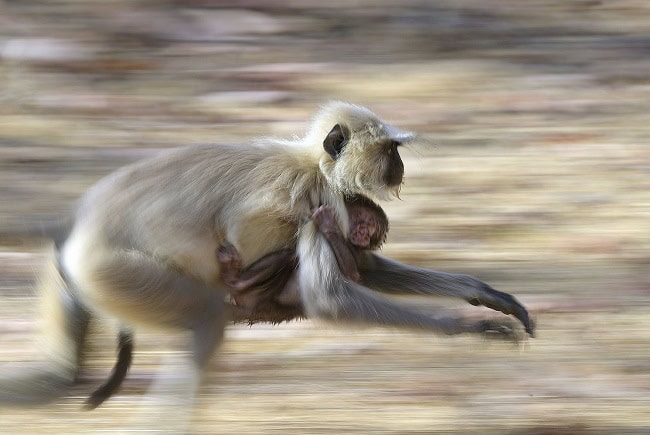
A baby southern plains grey langur holding tight to its mother as she runs. Grey langurs are found across the Indian subcontinent. They adapt to a wide range of habitats, even cities. Image: Anup Deodhar/RPS
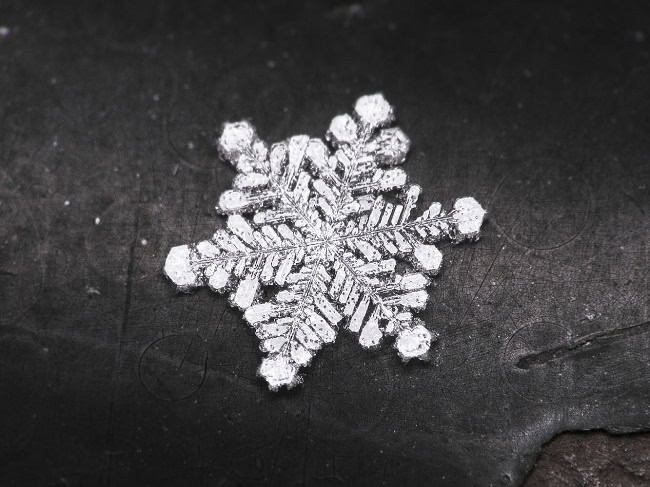
Close-up of a snowflake. The image shows the six-fold symmetry of the snowflake, caused by the molecular structure of water ice. Image: Zoltan Toth/RPS
Main image: James Woodend/RPS